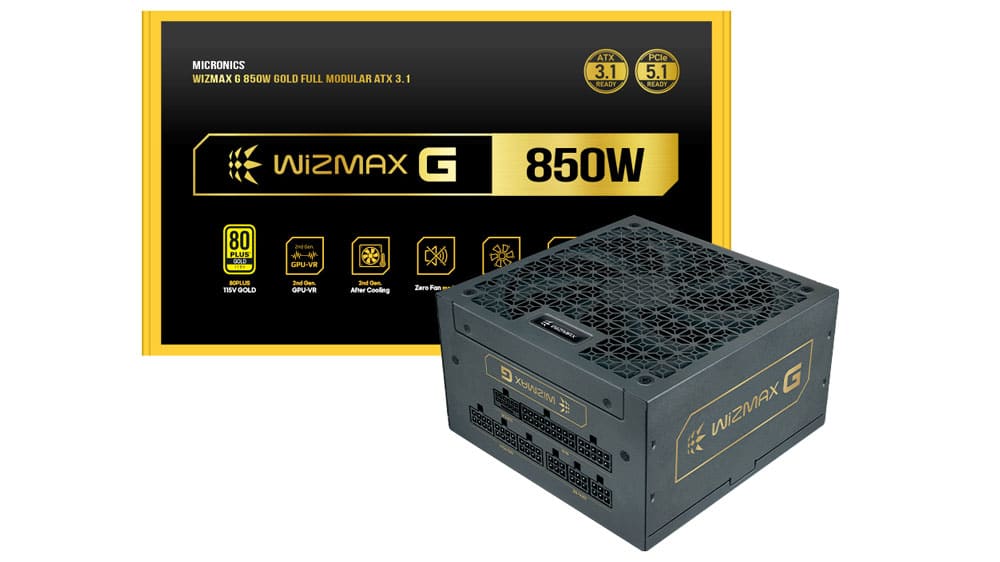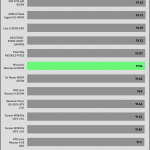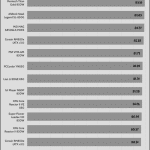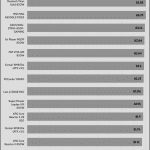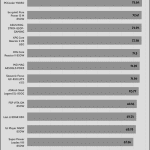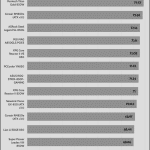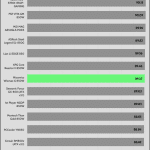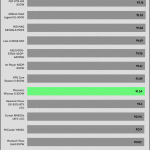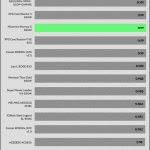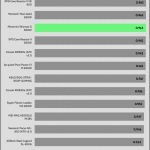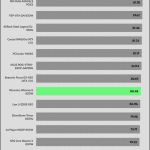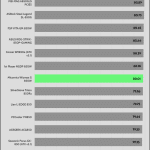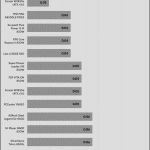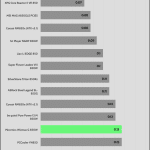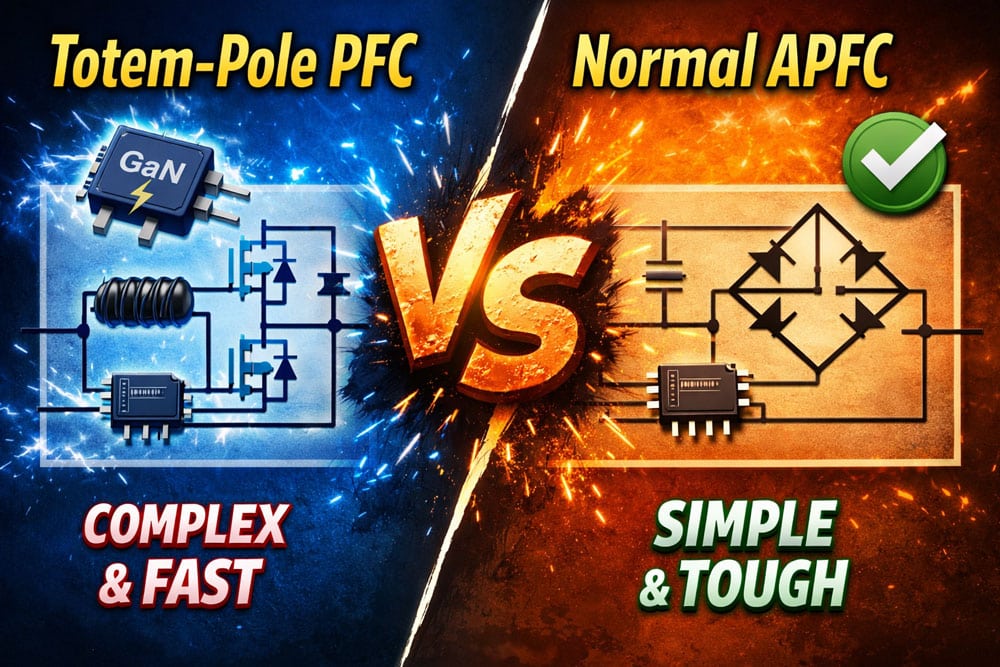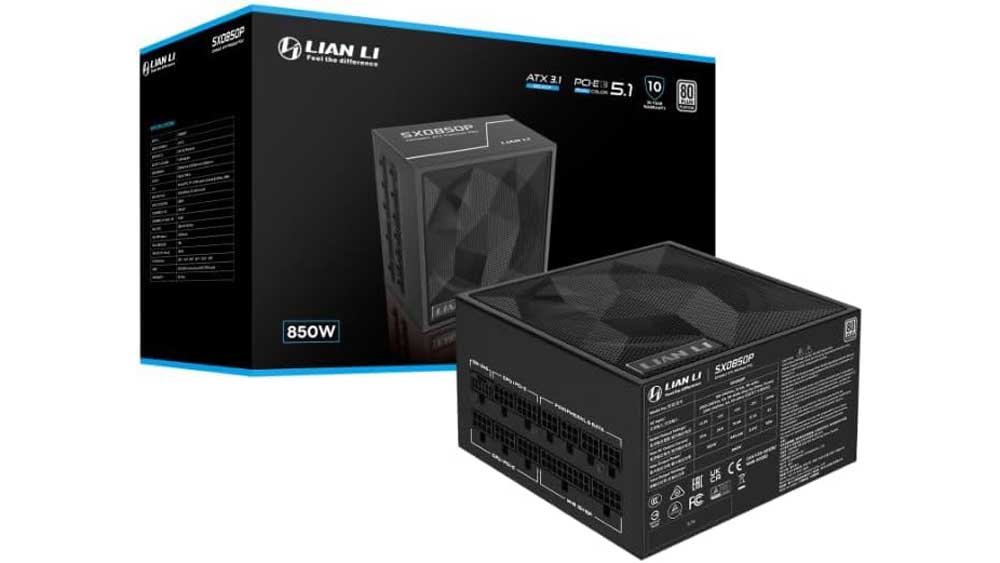Efficiency Normal, Light & Super-Light Loads
Efficiency in power supplies refers to the percentage of input AC power that is converted into usable DC power for the system, with the rest lost as heat. For example, an 80% efficient PSU delivering 400W of DC power draws 500W from the AC source, losing 100W as heat.
Efficiency is high at normal loads but low at light and super-light loads. It is a shame that the unit cannot surpass the 70% mark, with a 2% load.
Average Efficiency
The PSU’s average efficiency with more than 1450 different load levels at 115V and 230V is depicted in the graphs below.
The average efficiency meets the Cybenetics Platinum criteria.
Average PF
Power factor in power supplies is the ratio of real power (used to do work, measured in watts) to apparent power (total power drawn, measured in volt-amperes). It indicates how efficiently a PSU uses incoming AC power. A higher power factor (closer to 1) is better, as it means less wasted energy, reduced strain on electrical systems, and improved efficiency, often achieved through Active Power Factor Correction (APFC) in modern PSUs.
The APFC converter offers satisfactory performance.
Average Efficiency 5VSB
The 5VSB rail’s efficiency is high enough.
Vampire Power
Vampire power, also known as standby power, refers to the electricity consumed by a power supply unit (PSU) when it is plugged in but not actively powering a device, such as when a computer is turned off or in a low-power state, like sleep mode. This small, continuous draw (often a few watts) occurs due to background functions, such as maintaining standby rails (e.g., +5VSB for wake-on-LAN). Lower vampire power is better, as it reduces energy waste and lowers electricity costs.
Vampire power is below 0.1W at 115V, but notably above this threshold at 230V.
